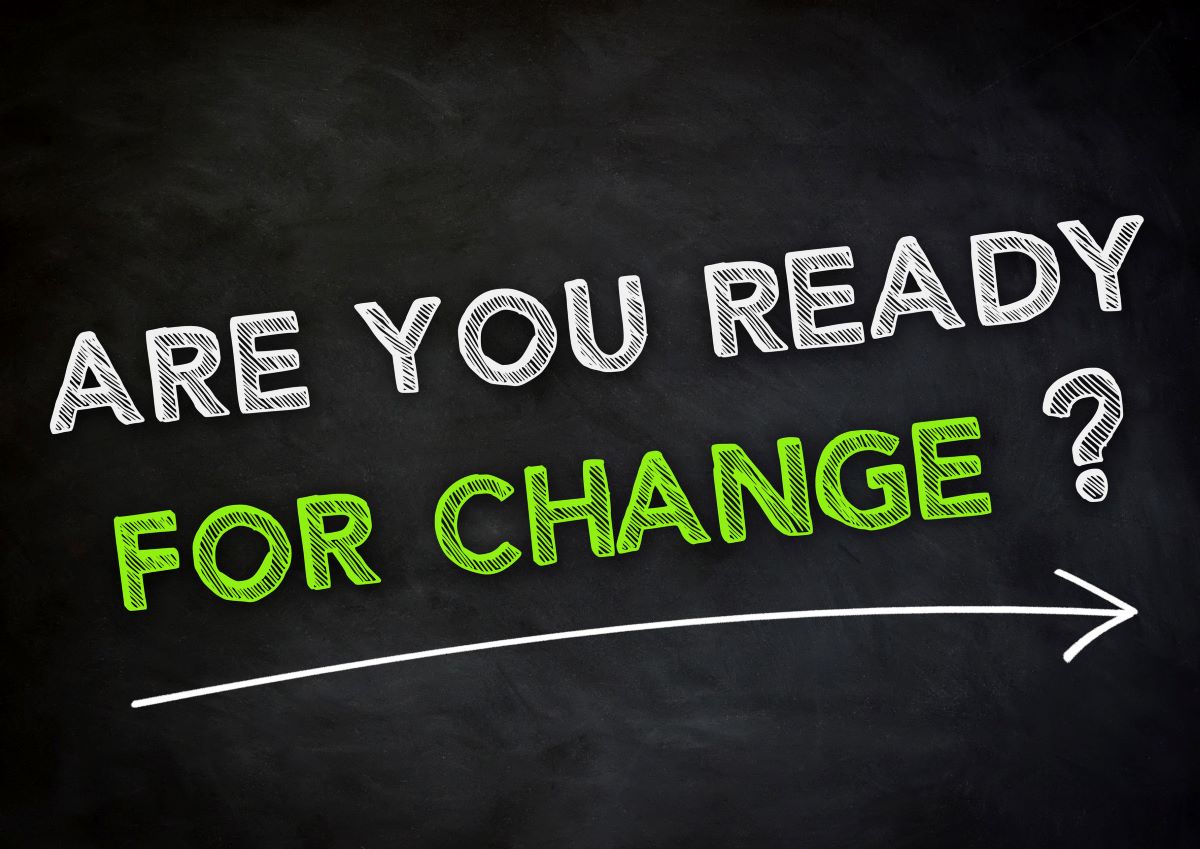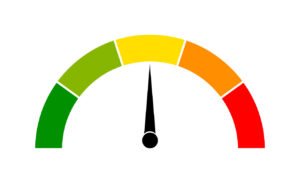Curating the week in wellness, January 12th-19th: New wellness program regulations, Key takeaways from 2020, and more
The week’s essential content and fresh industry pickings for those dedicated to employee well-being.

Greetings, wellness pros.
2021 has not quite escaped the darkness of 2020.
The coming weeks will surely be anxious and tumultuous, and the pandemic will continue to take a severe toll on daily life. However, we believe better, brighter days are ahead.
We hope you enjoy this week’s fresh batch of links and find them relevant, useful and even inspiring. As always, please get in touch with any ideas, suggestions or feedback on how we can serve you better.
1. EEOC provides new wellness incentive regulations.
The EEOC’s new rules pertain to “what level of incentives employers may lawfully offer to encourage employee participation in wellness programs that require disclosure of medical information, without violating the ADA or GINA.” As Lexology writes, the new regulations could muddle your plans to incentivize COVID vaccinations, so be sure to read the letter of the law before rolling out any new plans.
2. Measuring your program’s ROI.
Benefits Pro shares guidance to track the efficacy of your initiatives, including setting specific goals for your unique workforce, establishing clear time windows for benchmarking, using pilot programs, and letting measurable results drive investments.
3. Providing virtual benefits in 2021.
SHRM CEO Johnny Taylor, writing in USA Today, says that “employee assistance programs may offer exercise and wellness classes like virtual boot camps or yoga as well as cooking and nutrition classes.” He also notes that 41% of workers are suffering burnout amid the ongoing pandemic, so it’s wise to consistently highlight your EAP’s mental-health resources.
Taylor also offers a reminder to poll employees to see which virtual offerings they might find most useful during these strange times.
4. Staying healthy on campus.
The University of Oregon is offering “virtual workshops for staff, faculty and graduate employees” through its Wellness Ambassador Program and The Duck Nest Wellness Center. In addition to virtual presentations on pertinent well-being topics, the school’s “Wellness Ambassador Program will begin distributing regular wellness newsletters focused on resources related to the eight dimensions of wellness (physical, emotional, social, intellectual, spiritual, financial, environmental and occupational).”
Read more on the CDC’s guidelines for campus safety here.
5. Crucial workplace and workforce trends for 2021.
Forbes shares predictions that can make or break your productivity, engagement and retention this year. Top considerations include scheduling flexibility, virtual well-being perks, increased recognitions, and an uptick in cybersecurity preparedness.
Deloitte also shares five crucial workforce trends that will dominate 2021, which we summarize here.
6. Top HR resolutions for 2021.
SHRM shares a collection of objectives from HR pros, which include bolstering employees’ mental wellness and improving DE&I initiatives.
7. How leading companies are measuring DE&I outcomes.
LinkedIn shares pertinent guidance from Charles Schwab, Zoom, Heineken, Salesforce and Sodexo on tracking meaningful inclusion progress in 2021.
8. Preparing for the new administration.
As you prep employees for potential unrest leading up to the Jan. 20 inauguration, take time to review what HR, companies and wellness pros can expect from a Biden administration agenda.
9. Gallup’s key takeaways from last year.
- Remote workers can have higher engagement than in-office workers—when they receive frequent feedback from their manager.
- Employee engagement is an even stronger predictor of performance during tough economic times.
- Management has a stronger influence on burnout than hours worked.
- Although leaders may fear being micromanagers, most employees receive far too little feedback, and even those who receive negative feedback would prefer to get more.
10. Doing your bit to prevent cyberattacks.
HR Exec shares how HR and wellness pros can protect sensitive internal data. Tips include:
- Be hypervigilant about recruiting.
- Make sure your “Cybersecurity Incident Response Plan” is up to date and has been rehearsed.
- Have security teams review and advise on best practices for tool and application usage.
- Review and revoke access for employees on a periodic basis







